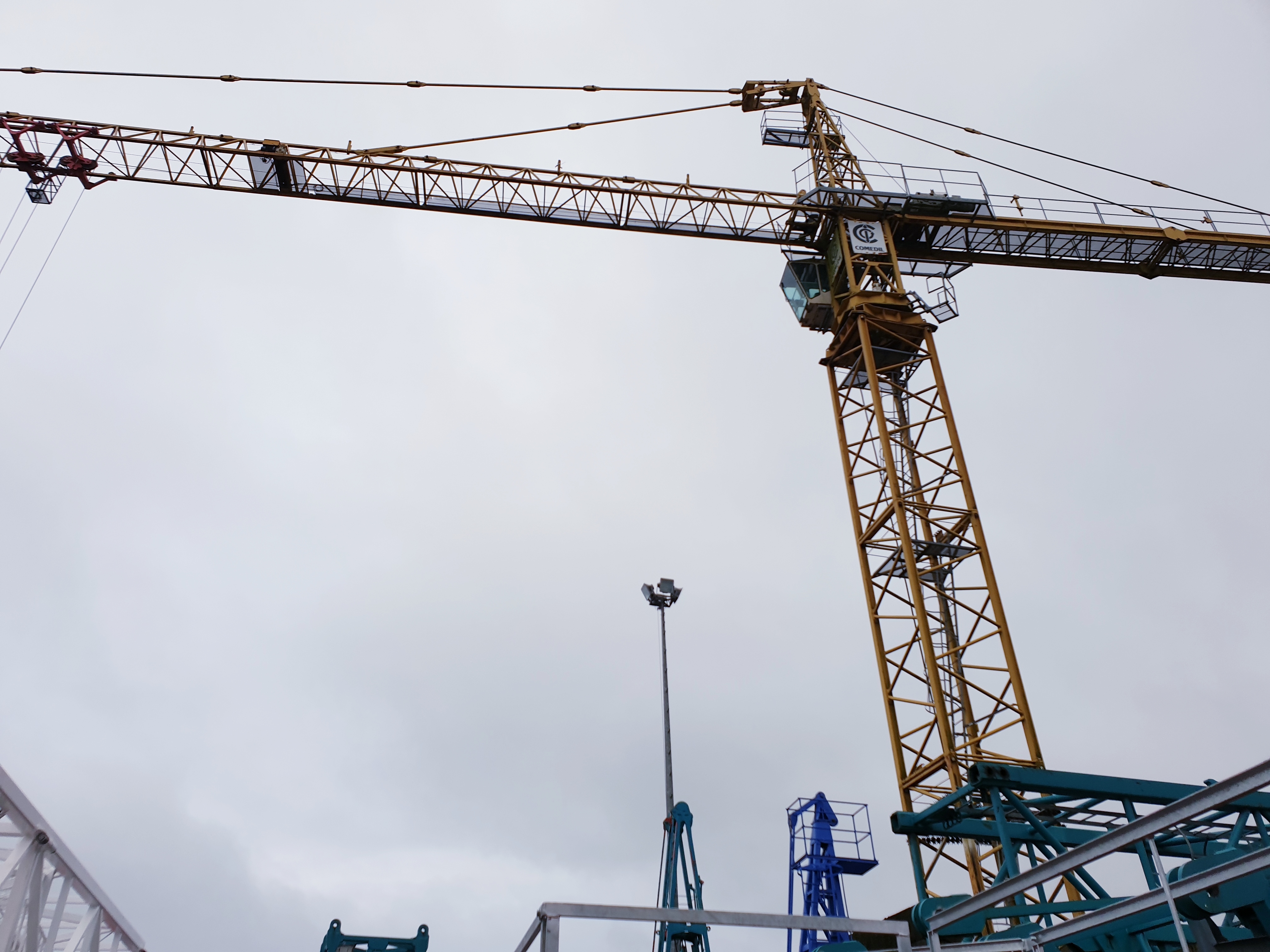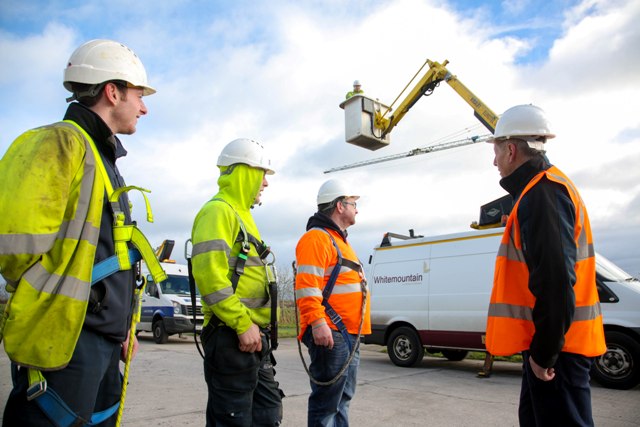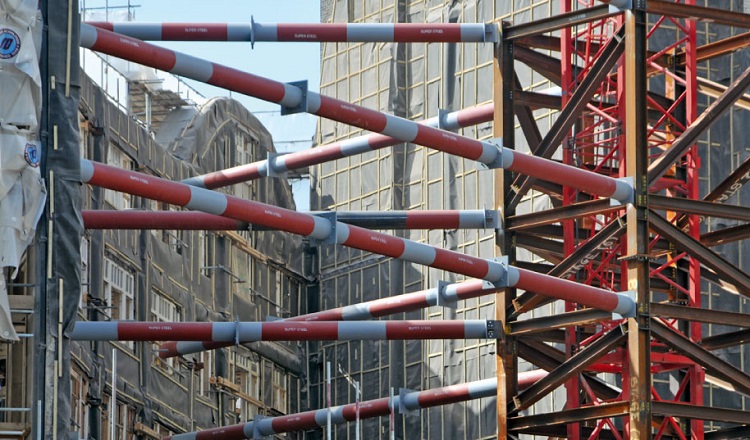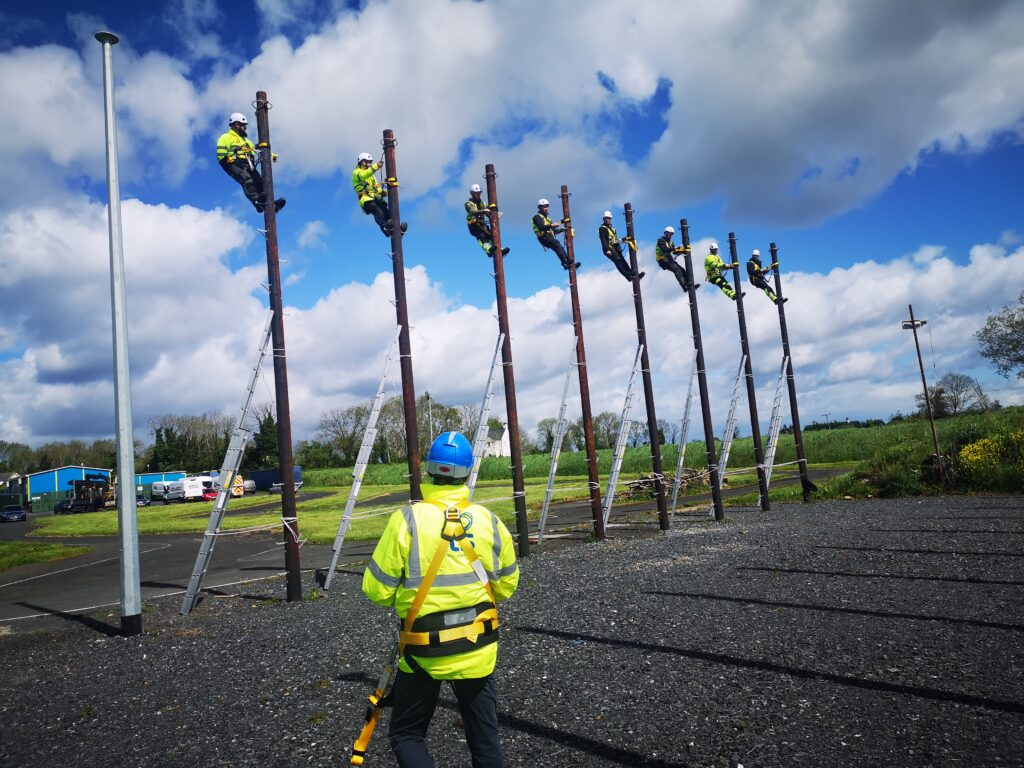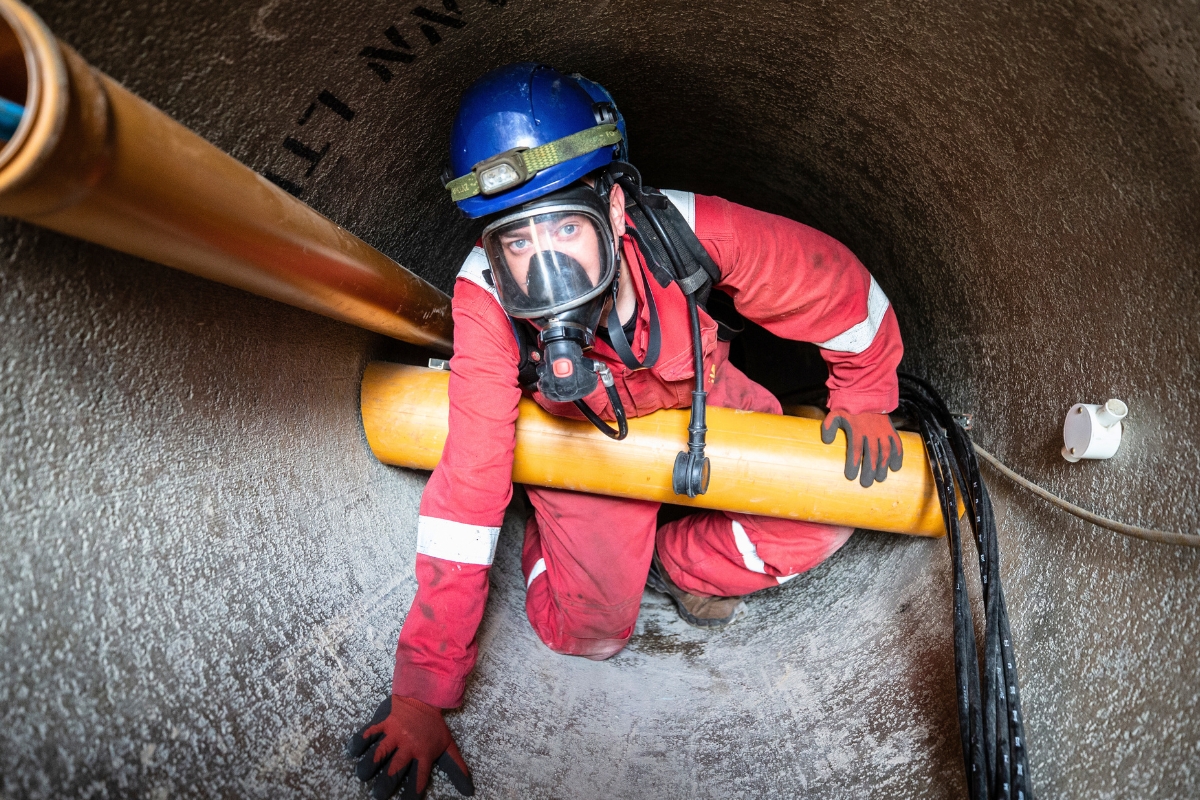When it comes to confined spaces, the role of a confined space supervisor is not just pivotal but potentially lifesaving for others. Confined spaces, which include tanks, tunnels, sewers, and silos, pose unique hazards that require a high level of oversight and specialised knowledge. This blog explores the critical roles supervisors play in these environments, highlighting leadership qualities and best practices essential for ensuring safety and compliance.
Understanding the Importance of a Confined Space Supervisors role
On the HSE website it states that in the UK and Ireland, it is estimated that 15 workers are injured or killed each year in confined spaces due to a lack of proper supervision and safety measures. This statistic underscores the necessity for stringent oversight and the implementation of best practices by supervisors.
Leadership in Confined Spaces
1. Safety Advocate
A confined space supervisor’s foremost responsibility is to champion safety. This involves conducting thorough risk assessments before any work begins. Supervisors must ensure that all potential hazards are identified and that appropriate measures, such as ventilation, gas detection, and personal protective equipment (PPE), are in place. They need to cultivate a culture where safety is prioritised above all else.
2. Training and Competence
Ensuring that all team members are adequately trained is another crucial aspect of a supervisor’s role. This includes regular drills and refresher courses on emergency procedures, proper use of equipment, and understanding the specific dangers of the confined space they are working in. Supervisors must also verify that each worker holds the necessary certifications and skills to perform their tasks safely.
Best Practices for Confined Space Supervision
1. Pre-Entry Procedures
Before anyone enters a confined space, supervisors must ensure that a comprehensive entry permit system is in place. This system should document the hazards identified, safety measures implemented, and emergency procedures. It’s also vital to have an up-to-date rescue plan tailored to the specific confined space.
2. Continuous Monitoring
During operations within confined spaces, supervisors need to maintain constant communication with workers. This can be achieved through the use of radios or other communication devices. Supervisors should also monitor atmospheric conditions continuously, using gas detectors to check for oxygen deficiency or the presence of toxic gases.
3. Emergency Preparedness
Confined space supervisors must be prepared to respond swiftly to emergencies. This includes having a trained rescue team on standby and ensuring that all workers know the emergency procedures. Regularly scheduled emergency drills can help ensure that both supervisors and workers are prepared to act quickly and effectively in the event of an incident.
Conclusion
Supervisors in confined spaces carry a significant responsibility for ensuring the safety and well-being of their teams. By being vigilant safety advocates, ensuring comprehensive training, adhering to best practices, and leveraging technology, they can mitigate risks and protect lives. The statistic from the UK and Ireland highlights the critical nature of this role, emphasising that effective supervision is not just best practice—it is a necessity.
For those in a confined space supervisor role, continually update knowledge and skills, staying informed about the latest safety regulations, and fostering a culture of safety within the team are essential steps towards excellence in confined space supervision.
By understanding and embracing their critical roles, supervisors can lead with confidence, ensuring that every confined space operation is conducted safely and efficiently.
At ITS we offer a Confined Space for Managers course and also a range of Confined Space courses that can also be delivered on site with our Confined Space mobile unit.
If you would like to book or enquire about any of these courses, contact us on:
Dublin HQ: 01 891 6105
Portadown HQ: 028 3839 8700


